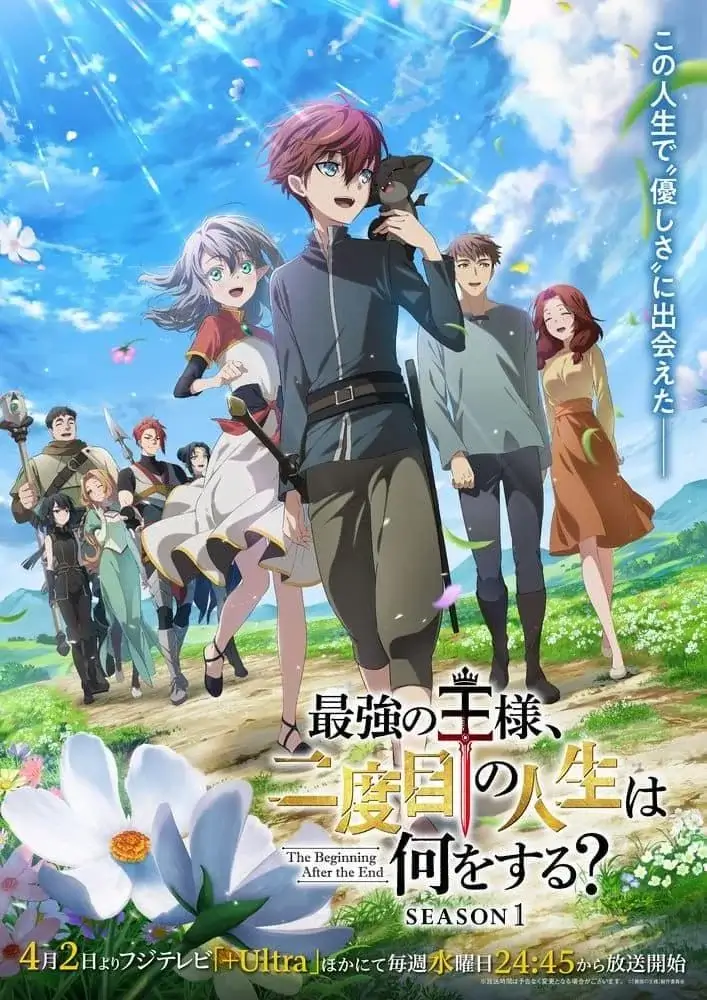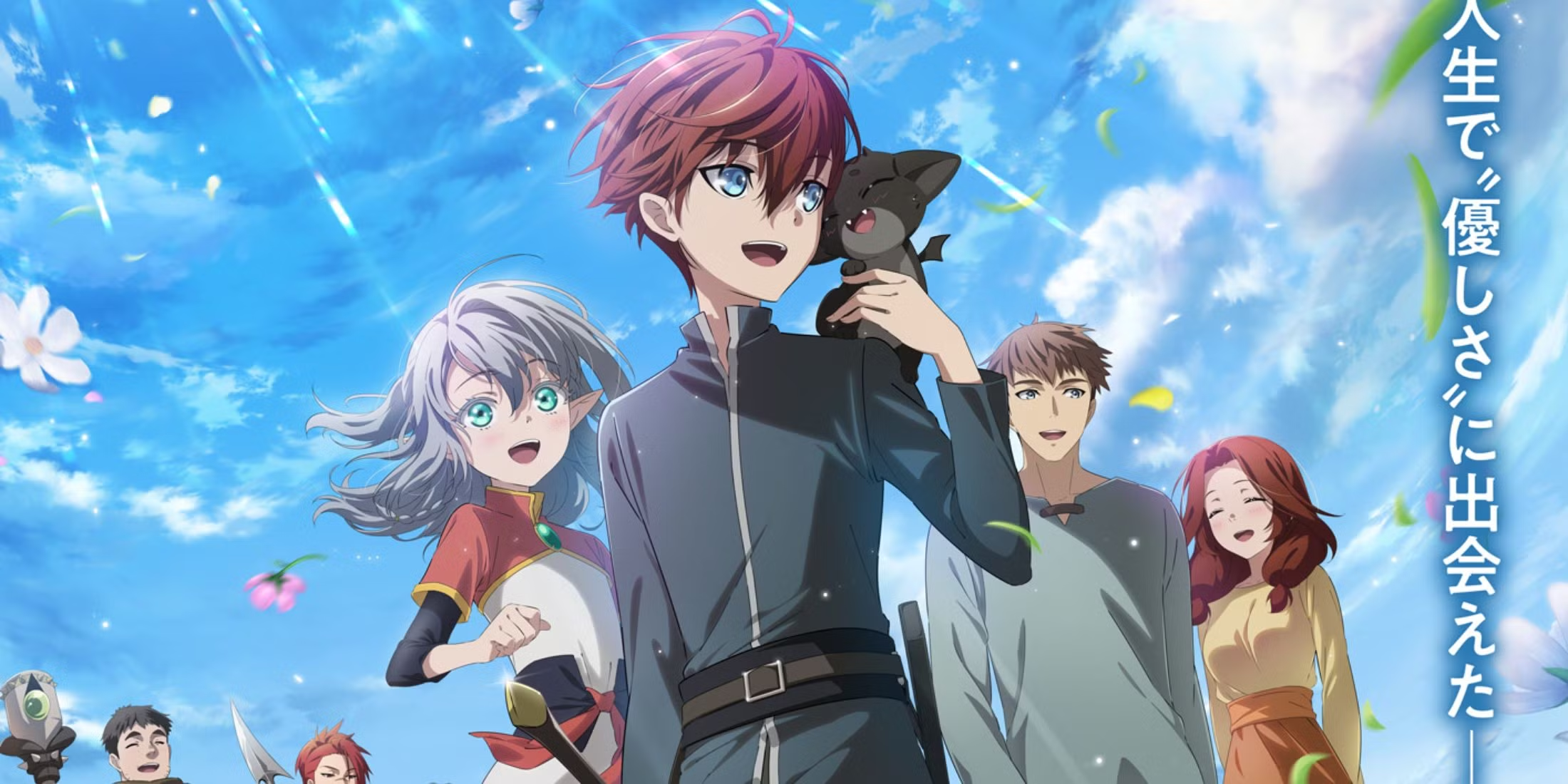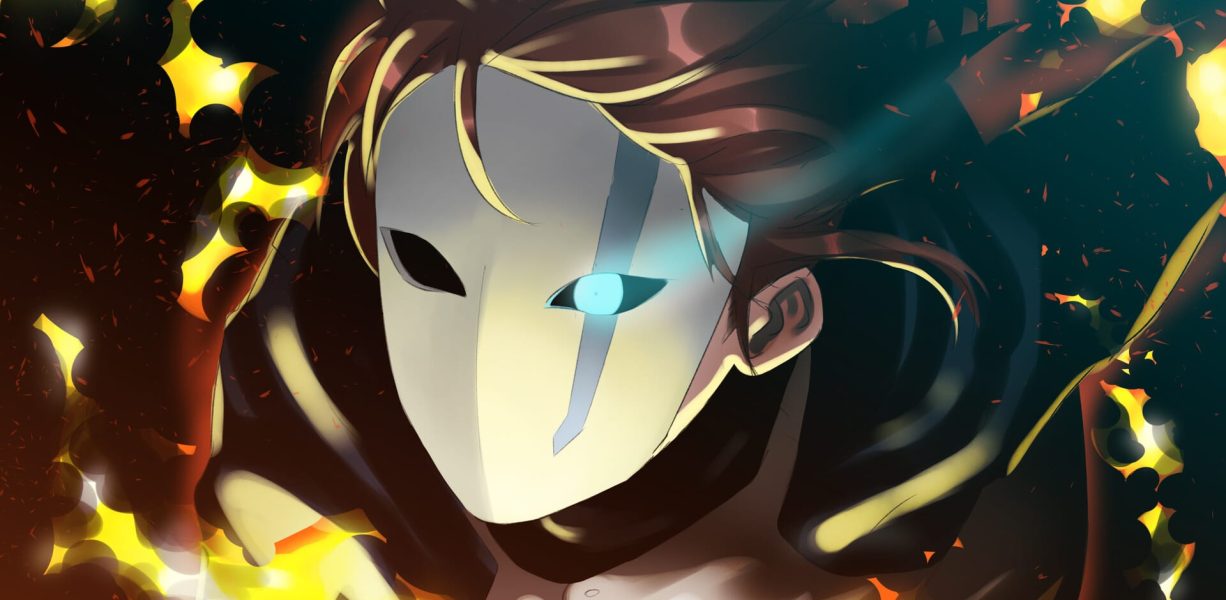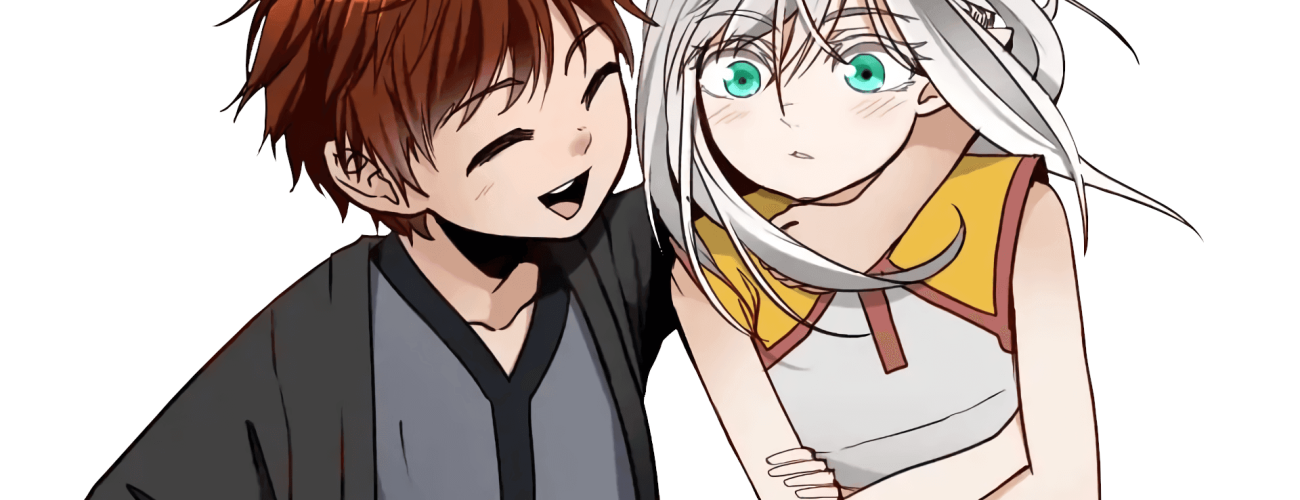Hello anime friends! It’s been a while since I’ve posted, but I’m back! Today, I want to dive into something that’s been on everyone’s mind lately—the anime release of The Beginning After the End (TBATE). If you don’t know what TBATE is, let me catch you up.
The Beginning After the End is a popular American web novel written by TurtleMe and Fuyuki. The story follows King Ray, who meets a mysterious end and is reborn in a magical world. His goal? To fix the mistakes from his past and create a better future for himself in this vibrant world filled with magic, creatures, and all the fantastical elements you’d expect. It’s a pretty great read, and I’ve really enjoyed it.
Now, with all the buzz around the anime adaptation, there’s been a lot of excitement and a fair amount of complaints. So, today I’m here to talk about what went wrong with the anime and ultimately decide: Should you read it or watch it?

What is TBATE
The Beginning After the End follows the life of King Grey, who meets an untimely and mysterious death. Reborn as Arthur Leywin, he sets out to correct the mistakes of his past in the vibrant new continent of Dicathen—a world brimming with magic and fantastical creatures. Armed with the knowledge and wisdom of a powerful king in his mid-thirties, Arthur begins navigating life as a young boy, the child of two retired adventurers. His experiences here give him purpose—something he lacked in his previous life.
When a kind dragon sacrifices her life to protect him, Arthur vows to live a life of sincerity, kindness, and courage alongside those he loves. With the help of a lost elf princess and the Elven Kingdom of Elenoir, Arthur embarks on a long journey to find his true place in this world.
As the years go by, Arthur becomes a respected figure, growing more comfortable in his new life. However, deja-vu strikes as war looms between Dicathen and the Vritra, a clan of banished deities now ruling a distant continent. Arthur must rise as a leader, despite the haunting fear of becoming the war-hardened monster he was in his past life. As the war intensifies, Arthur uncovers the truth—that his rebirth in this world was no accident… and he isn’t the only one with a past to rewrite.
Visual Errors in The Beginning After the End Anime: What Went Wrong
Detailed artwork is one of the most important aspects when it comes to manhwa. One great example of this is the work of Fuyuki23, the artist behind the story I’m talking about. You can really see how their art evolved over time it gets better and more refined as the story progresses.There are a few pieces in the series that really stand out to me as personal favorites. And honestly, it features one of the most badass fight scenes I’ve seen in manhwa. The way the artist handles the range of values paired with the stunning backgrounds elevates the entire story. It doesn’t just look good, it feels intense. That kind of visual storytelling makes the whole experience at least ten times better.
Panel layout is one of the most important aspects of a webtoon. Since most people read webtoons on their phones, the vertical scrolling format becomes the standard. This makes it more challenging than working with traditional landscape layouts you have to design your drawings and storytelling to unfold as the reader scrolls.In the manhwa I’m talking about, the artist does an incredible job with the composition. The paneling keeps the reader engaged, creating both dynamic moments and beautiful scenes. The pacing feels natural, especially during the fight sequences, where the flow of action follows the scroll. It’s smooth, immersive, and makes the story feel alive as you move down the screen
Character Consistency is key part of a story Drawing the same character over and over again can be tough but when you look at the webtoon and the anime side by side, Fuyuki’s art in the webtoon holds up way better. As an artist, I understand how challenging it is to maintain consistency, especially across a long series. In anime, the quality often drops for the sake of easier animation, which is understandable.
But here’s the thing despite being up against a big-name studio, the webtoon artist outshines the anime. The consistency in the character designs, panel after panel, is seriously impressive. Even during fast-paced fight scenes, the quality doesn’t dip. That’s why The Beginning After the End webtoon has such a high visual and artistic value. The effort shows and it pays off.

Budget and Studio Constraints is lacking .The quality is kind of low, especially when you compare it to other studios. Studio A-Cat, for example, has produced several isekai anime with pretty average ratings and just slightly better animation. What really stands out, though, is that there are smaller studios out there putting in a ton of effort crafting anime with way more heart, detail, and overall quality.
Honestly, it’s a bit disappointing. When you see what’s possible, it feels like the effort here is just lacking. The backgrounds, the character designs, even the animation .it all could’ve been so much better if handled with more care. When done right, these elements can elevate an anime completely, but in this case, it feels like a missed opportunity.
Impact the Storytelling in The Beginning After the End Anime
Pacing is a crucial part of storytelling. In the Beginning After the End manhwa, the pacing is much more fluid compared to a lot of other series. The story takes its time to develop characters and really lets the reader get to know them. Thanks to the vertical format, readers can slow down and absorb each panel ,feeling the characters’ thoughts, emotions, and the depth of the world around them.Since Beginning After the End is a relatively long story, adapting it into 20–30 minute anime episodes could seriously affect the narrative. This is actually one of the main concerns fans have about the anime adaptation those longer, emotional scenes in the manhwa that allow the reader and character to really connect might get rushed or even cut entirely. That emotional pacing is a big part of what makes the story hit so hard, and shortening it could take away from the overall experience..
Internal monologues in the manhwa play a huge role in helping us understand what the characters are thinking, what their next move might be, and how they view the world around them. It gives us a window into their thought process—which makes it easier to connect with them, or even decide if we want to root for them. You’re not just watching them—you’re inside their head.
This kind of insight really helps build each character’s psychology and makes the storytelling feel more personal.
In the anime, though, most of that inner dialogue is shifted to action and body language. And sure—when done right—that can be even more powerful than thought bubbles. But in this case, the anime kind of misses the mark. It doesn’t go deep enough to help us connect with the characters on an emotional level. It shows us what they do, but not why they do it—and that’s a big part of what made the manhwa so strong to begin with.

Emotional drama is a key part of any story. Characters go through different emotions—some that are relatable, and others that help us understand a life completely different from our own. In the manhwa, these emotional moments are given space to breathe. The longer panels and slower pacing allow us to truly feel what the characters are going through. Whether it’s sadness, joy, anger, or even boredom, the beautiful art style brings those emotions to life so clearly. You don’t just read it—you experience it.
Unfortunately, the anime really falls short here. The fast-paced scenes don’t give us enough time to process what the characters are feeling. On top of that, the animation doesn’t always capture the depth or nuance of the emotions, which makes the characters feel a bit flat. This emotional disconnect is one of the biggest downsides of the adaptation—it just doesn’t hit as hard as the manhwa does.
Character development is deeply affected by all the things we’ve talked about—like the fast pacing and lackluster animation. These issues in the anime make it harder to truly bond with the characters. You’re watching them move, but you don’t really feel like you’re growing with them.
On the other hand, the manhwa’s slower pace gives the story room to breathe. It allows us to connect with the characters over time. Through the detailed artwork and emotional depth, we understand their struggles, goals, and growth. It’s that gradual connection that really makes the characters feel real—and unfortunately, that’s something the anime doesn’t fully deliver on.
My Thoughts of TBATE

Overall, The Beginning After the End is a fine show to watch—something you can enjoy casually. It’s not unwatchable or anything like that. But the thing that really sucks is that it missed its chance to go head-to-head with something like Solo Leveling. That potential was there, but it didn’t fully deliver.
So if you’re just looking to check it out and pass some time, the anime’s okay. But if you really want to dive deep into the story, the characters, and the emotions—then you should definitely read the manhwa. Personally, I prefer the manhwa because it’s just so much better in terms of pacing, art, and storytelling.





